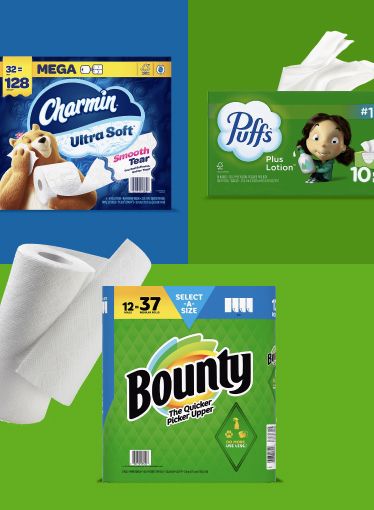We work hard every day to make sure our prices are far better than what you would pay at grocery stores. When we say that you can “Save 25% over Grocery Store Prices,” here is how we arrive at those savings:
- We selected four “Grocery Competitors” We started by identifying the four grocery store chains (or banners) that were most prevalent in our Clubs’ primary trade areas.
- We created a “Basket” of 100 popular items We then selected a basket of 100 popular national brand grocery food and non-food items, each of which was among our top-selling national brand items in its category and was also carried, in varying pack sizes, in grocery stores.
- We hired shoppers to buy the Basket on a periodic basis, no less frequently than once every two weeks (minus coupons and promotions) We hired an independent third-party company to visit multiple (a minimum of six) locations of each of the Grocery Competitors, which were in the trade areas of one or more of our Clubs. Then, we recorded the prices of each item in the Basket that was carried by the Grocery Competitor, in the closest pack size to the size we carry, and then equivalized the price on a unit-price basis. The measurement company was directed to ignore coupons and exclude items that were on promotion by us or by a Grocery Competitor, as those do not represent everyday values in our view. We compared unit prices and found that BJ’s was consistently more than 25% cheaper, on average, in total.
- To calculate the Grocery Competitors’ average price for the items in the Basket, we averaged the measured prices of the items at each Grocery Competitor store sampled, created an average measured price for each item at each Grocery Competitor, compared those to our chain average price, on a unit price basis, and arrived at a relative percentage difference for each Grocery Competitor brand/banner. We then averaged these percentage differences for the four Grocery Competitors. The average difference was more than 25%.
What else should you know about the periodic shop comparison? Sometimes a Grocery Competitor doesn’t carry an item in the Basket, from time to time. We will only include an item in the Basket if it is carried by at least two of the four Grocery Competitors. This means that over time we may replace items in the Basket with different comparable items, if we are consistently unable to get prices for comparison on an item, to be sure we continue to offer the same great relative value.
We also use a rolling average of measured prices. At a minimum we will use an average of two consecutive periodic or monthly measurements of prices at both BJ’s–in which we use our chain average price–and the Grocery Competitors. We may use up to 52 consecutive weeks, or 12 consecutive months, of price data for comparison. In our view, the more price measurements we use in our analysis, the more we can be confident we are offering an astounding value day after day, all year long.
We make our savings claim using price data that is not more than 60 days old, as to the most recent price measurement in the data set.
Price information for the Grocery Competitors is collected by an independent third-party company, who engages people to collect the information. Because the data is gathered by people, there is always a possibility of human error in a measured price. We have no reason to believe that any such errors would introduce a directional measurement bias one way or the other as to the Basket as a whole over time, and our use of averages of multiple measurements will tend to reduce the impact of any singular measurement errors. We also exclude an item price measurement that is almost certainly erroneous because it deviates from the two most recently measured prices at the same Grocery Competitor by a factor of two (i.e., the measured price is less than half or more than double the price for the same item at the same Grocery Competitor in the most recent two measurement periods).











